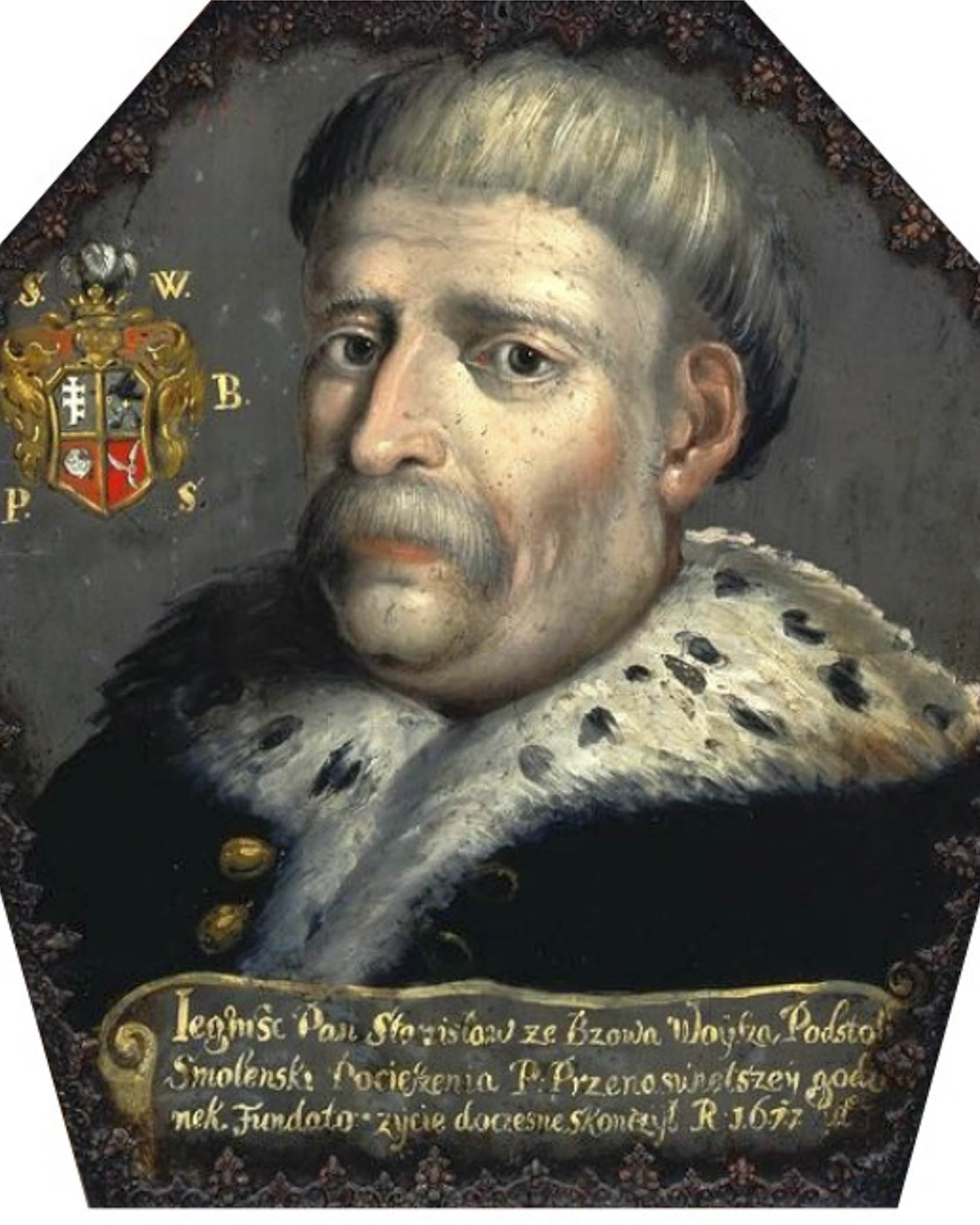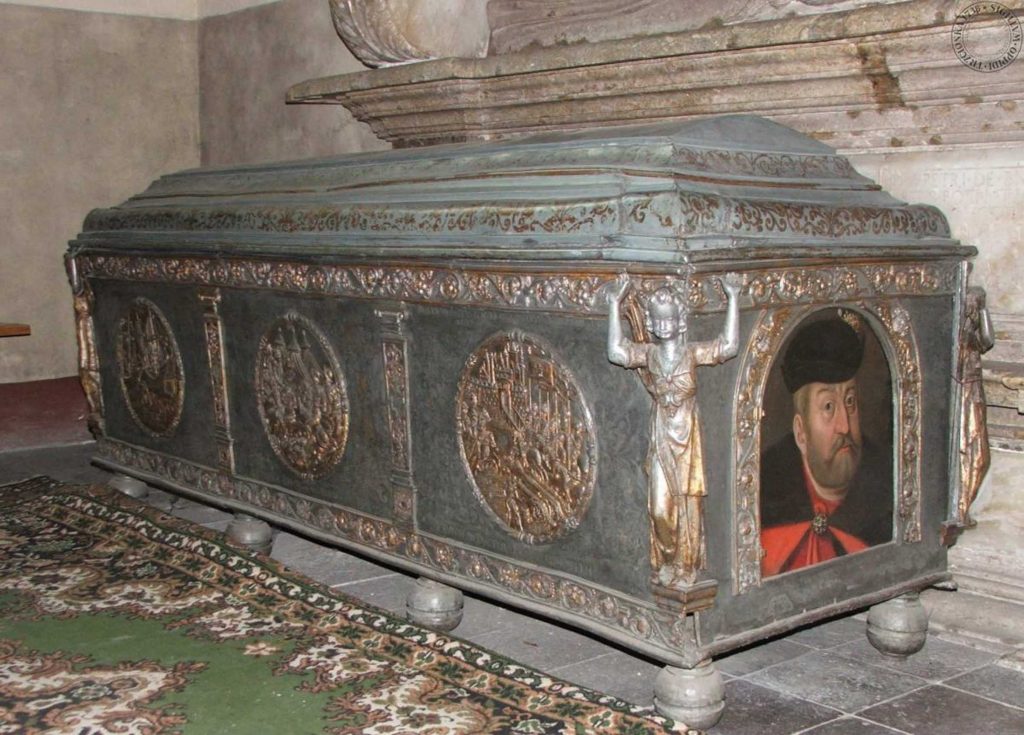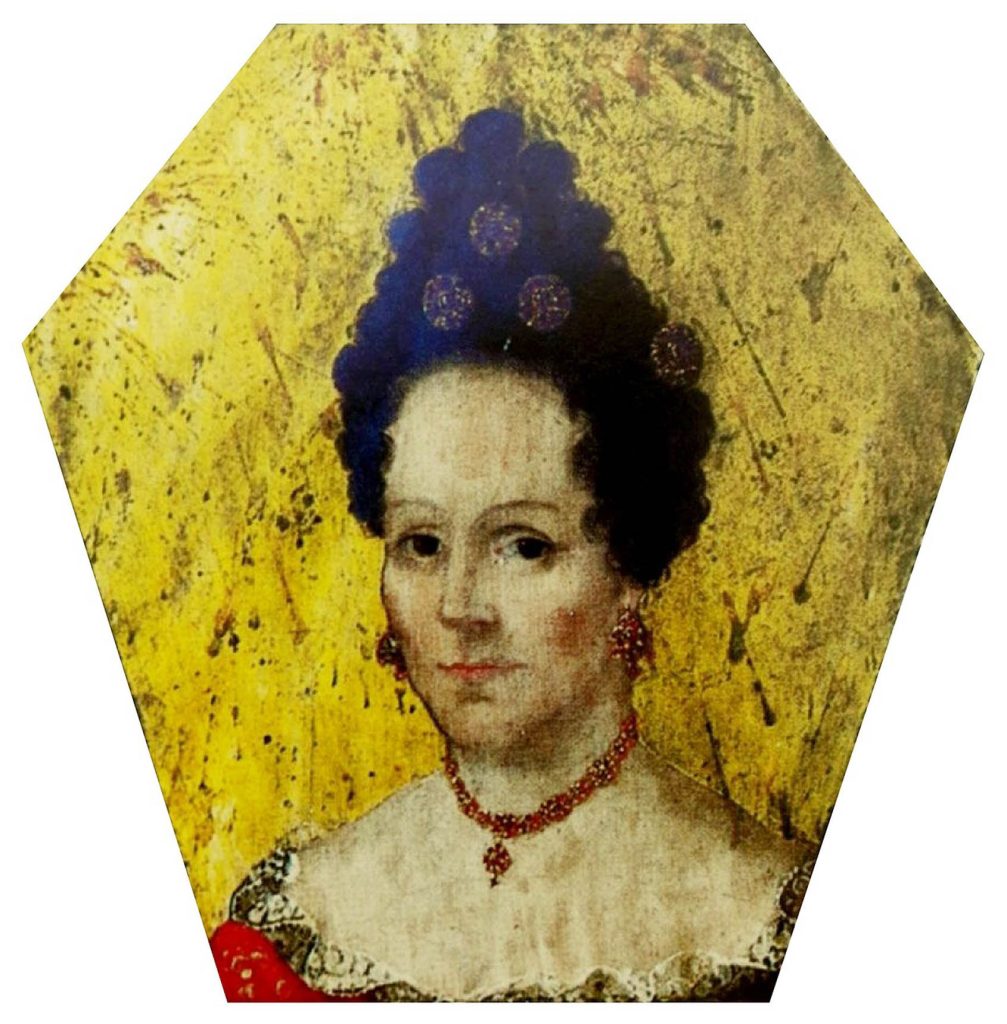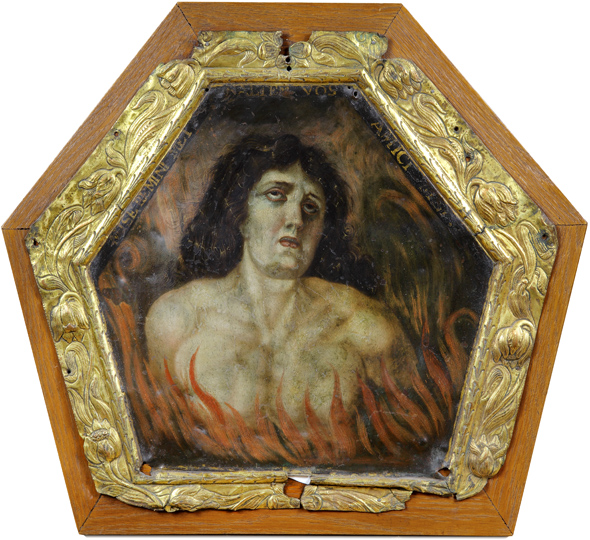
26 Mar Polish Coffin portraits. The Unique side of Baroque Art.
A coffin portrait (Polish: Portret trumienny) was a realistic portrait of the deceased person put on coffins for the funeral and one of the elements of the castrum doloris, but removed before the burial. It became a tradition to decorate coffins of deceased nobles (szlachta) with such funerary art in the times of the Polish–Lithuanian Commonwealth, particularly in the 17th and 18th centuries, the time of the baroque in Poland and Sarmatism.
These paintings, typically small in size, portrayed the deceased individual and were placed on the coffin during the funeral service. Following the burial, the coffin portraits were often removed and preserved as mementos by the family or displayed in churches as votive offerings.
Coffin portraits have their roots in the broader European tradition of funerary art, which includes monuments, epitaphs, and sculpted tomb effigies. However, the practice of placing painted portraits on coffins developed as a distinct and localized custom in the Polish-Lithuanian Commonwealth. The tradition likely began among the nobility and gradually spread to other social classes, including the bourgeoisie and the clergy.
The coffin portraits were generally painted on wooden panels or canvas, using oil or tempera. They depicted the deceased in a frontal pose, often with hands clasped in prayer or holding a religious symbol, such as a crucifix or rosary. The background typically featured a neutral color, with the focus on the subject’s face and clothing. The attire and accessories reflected the social status and profession of the deceased, as well as their religious affiliations.



Historian Bernard O’Connor in his memoirs of 1696 wrote: “There is so much pomp and ceremony in Polish funerals that you would sooner take them to be a triumphant event than the burial of the dead”. Indeed, for Polish nobles (szlachta), a proper funeral was extremely important. Those who could afford it spent lavishly on the funeral ceremonies, turning them into major events. But even the poor would try to have at least a basic coffin portrait, albeit those, painted by amateur painters, usually have little or no artistic merit.
Until the 20th century, the coffin portraits were ignored by scholars; those painted on silver or tin were stolen from churches and monasteries and then melted down, others were destroyed by treasure hunters and thieves, or simply fell to the ravages of time. Today the surviving coffin portraits provide a wealth of knowledge about culture (clothing, hairstyles and jewellery) of the Commonwealth nobility. Many coffin portraits are still displayed in various churches across Poland; hundreds are held in various museums.
The oldest coffin portrait in Poland is that of the king Stefan Batory from the late 16th century. The most recent one is that of priest Marcin Porczyński from 1809.

Coffin portraits were made on metal, always using oil painting techniques. Since metal is a smooth material, various media were used as a base, including garlic juice, which was used to coat the metal. This base, due to its viscosity, provided good adhesion for oil paint. The portrait usually depicted the deceased in a very realistic form. Artists, typically anonymous, as this was the case with class realities in Poland at the time, generally portrayed the deceased person looking at the viewer, without excessively embellishing the facial image. Flattery was not used; unattractive people were depicted realistically. The skills of the artists creating such likenesses varied. The first portrait – the image of Stefan Batory – captivates with a realistic representation of the deceased’s features and is an excellent example of a psychological portrait. This first portrait is a very small painting – about 10 centimetres in diameter. Later on, the portrait became popular, and by the end of the 18th century, it became a mass-produced item, with the custom of decorating the coffin in this manner applying to Catholic nobility, Protestants, and wealthier townspeople alike. The size of the portraits also gradually increased, with the largest ones reaching up to 70 centimetres in diameter by the end. The mass production of these portraits led to a decline in their artistic value.
Although the figures in the portrait were usually depicted realistically, they were often portrayed in very rich and elaborate clothing. This practice found its counterpart in the deceased’s burial attire – the portrait usually depicts the person in the clothing in which they were laid in the coffin. These garments are typically luxurious, made of expensive materials, furs, and adornments. Coffin portraits provide an excellent source of knowledge about fashion trends throughout the times in which they were painted.



Adriana Olszewska
Posted at 09:57h, 30 MarchThank you! I went through with curiosity… well done!